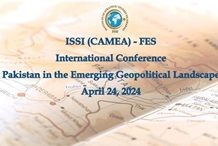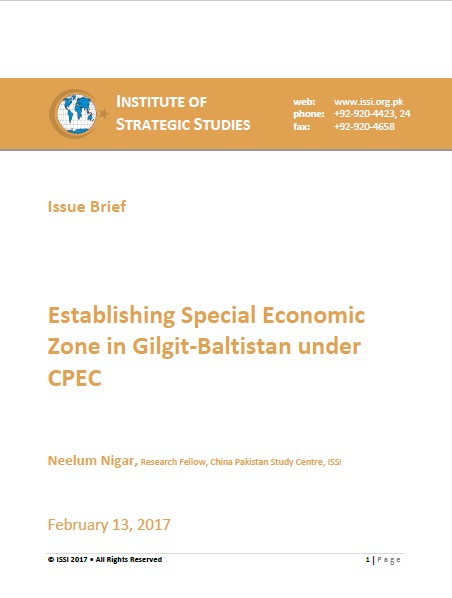Special Economic Zones (SEZs) is an important strategy to enhance trade, investment and employment in a country. Among many nations adopting this as a fruitful strategy for industrial development and economic growth, China is one prime example. Until 2009, China had established 750 Special Economic Zones at provincial and state levels. It is estimated that at the national level in China, SEZs accounted for about 22% of national GDP, 46% of FDI, and 60% of exports. Moreover, the zones generated in excess of 30 million jobs in China. In this context, Special Economic Zones (SEZs), proposed and approved under China-Pakistan Economic Corridor (CPEC) are important for boosting industrial cooperation, enhancing trade and creating a strong local economy in Pakistan. Initially, 27 SEZs were proposed by the Ministry of Planning, Development and Reforms, to be setup across Pakistan with the distribution in each province as follow: eight SEZs in Khyber Pakhtunkhwa, seven in Punjab and Baluchistan each, three in Sindh, while Gilgit-Baltistan and Islamabad will have one each.
Later in December 2016, in the 6th JCC meeting in Beijing, China, represented by all the chief ministers of Pakistan, nine SEZs were approved for all four provinces, Gilgit-Baltistan (GB), Azad Jammu and Kashmir and two at federal level. Each province/federally administered area has allocated land for establishing the economic zone in their respective province.















